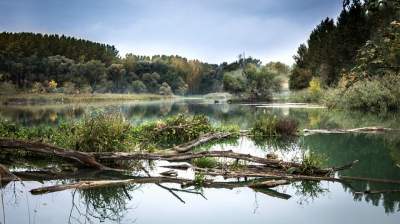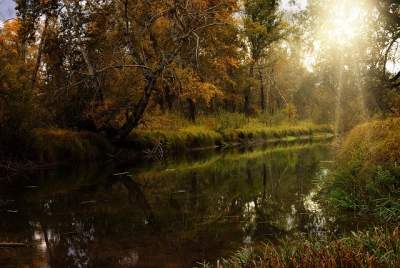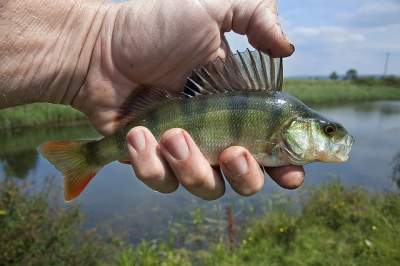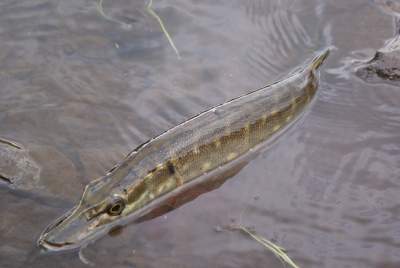At this time of year fishing is tough, especially lure fishing in the winter floods and to complicate matters further, temperatures and wind directions change by the hour. This guide will help you master lure fishing in floods and get more fish on the bank.
Please Note: We only ever link to tackle and lures that we have used and recommend. The link to products on Amazon at the end of the post are affiliate links. This means that if you click the link and buy the product we may receive a small commission from Amazon (at no extra cost to yourself). Should you choose to use the affiliate link please know that we are extremely grateful and any commission we do receive helps us to maintain the blog.
A Guide to Lure Fishing in Floods
Think logically

Our first tip is to think logically, where will the fish be? If you were a fish trying to conserve energy, where would you go? Most predators are sedentary at this time of year, mainly relying on the food they ate in the previous months to keep them going.
This means it’s unlikely you will find them wasting energy in a flooded river by sitting out in the middle of the flow. Common sense tells us that they will be trying to use as little energy as possible, but if an easy meal lands on the end of their nose they will still take it!
Predators remain hunters throughout the year, they just do less of it during winter months. During winter predators will position themselves in order to
- Save energy
- Ambush easy meals
Its unlikely a predator such as a pike will chase a meal during winter and in flooded conditions instead preferring to lay in wait for an unsuspecting meal to swim by.
With all this in mind, it makes sense to target slack water, as difficult as it may be to find some there is a good chance that debris in the water, branches or overhanging trees will present an opportunity.
It’s all in the eyes

When it comes to lure fishing in floods, time of day becomes a big consideration. Predators have better eyesight than prey fish and they use light levels to their advantage. Again, common sense tells us that the perfect opportunity to play their trump card would be at first and last light. I’m not much of a morning person (I would definitely catch more fish if I was) so I tend to go out mid to late afternoon and fish until it becomes too dark to see.
Just a word of warning – be very careful fishing into the darkness, especially in flood conditions. Be sure to leave while you still have some light or make sure you take a torch with you. The bank can very difficult to navigate in darkness and at this time of year.
Lure colours matter in flood conditions

If a river is flooded it is going to be very coloured! Some anglers will see coloured water and head for the car. However, this could be a mistake as coloured water can often present perfect conditions for predators like pike and perch to feed especially if the weather has been mild. These predators will use poor visibility to their advantage.
I tend to use bright lures and also spikey shads (go to the end of the post for a selection of lures suitable for lure fishing in floods and coloured conditions) due to the added vibration in the water. These give the maximum chance of my lure being seen by my target species. I also like to use bigger lures in the coloured water. I like to think big and bold is best and I have certainly caught enough fish in these conditions to suggest there is some method in the madness.
Nail the retrieve, land the fish

Lure fishing in floods requires you to nail the retrieve. Obviously mix it up if it’s not working but the retrieve I find works best is a very slow retrieve. Aim to keep the lure around a foot off the bottom. I start with a few straight retrieves and fan cast the slack area of water before doing the same with a different colour lure. If I get nothing I add a few pauses into the mix.
The takes range from subtle knocks on the rod tip to rod bending, line screeching takes! I have also found that leaving the lure in the water for a few seconds at the end of the retrieve can tempt lethargic pike to take the bait. Make sure your drag is set, the last thing you want to do is lose a fish!
Don’t leave because you caught or lost a fish
In summer and autumn, I don’t tend to spend much time in one swim. Especially if I catch or spook a fish. However, when lure fishing in floods and coloured water I change my tactics.
One of the good things about coloured water fishing is that its more difficult to spook the fish, meaning you can quite often get a number of fish from one swim especially when targeting Perch. I also find that It is necessary to spend longer in each swim as you have to put the lure right on their noses.
Suggested Lures for Lure Fishing in Floods and Coloured Water
Interested in perch lures check out this post
The fish are there!
I hope our lure fishing in floods and coloured water tips help you put more fish on the bank this winter. It’s important to stay positive and remember that the fish are there you just have to think logically.
let us know in the comments below how you get on with your lure fishing in floods and coloured water. Remember to check out our blog on our website for similar fishing related articles and subscribe so you know when the next post lands.
Any questions? Feel free to comment below or contact us.

Pingback: The 3 Golden Rules of Lure Fishing by Andy Hewitt - Andy Hewitt - Top Specimen Angler
Pingback: FishSpy Echo Pro Review - The Best Castable Sonar You Can Buy